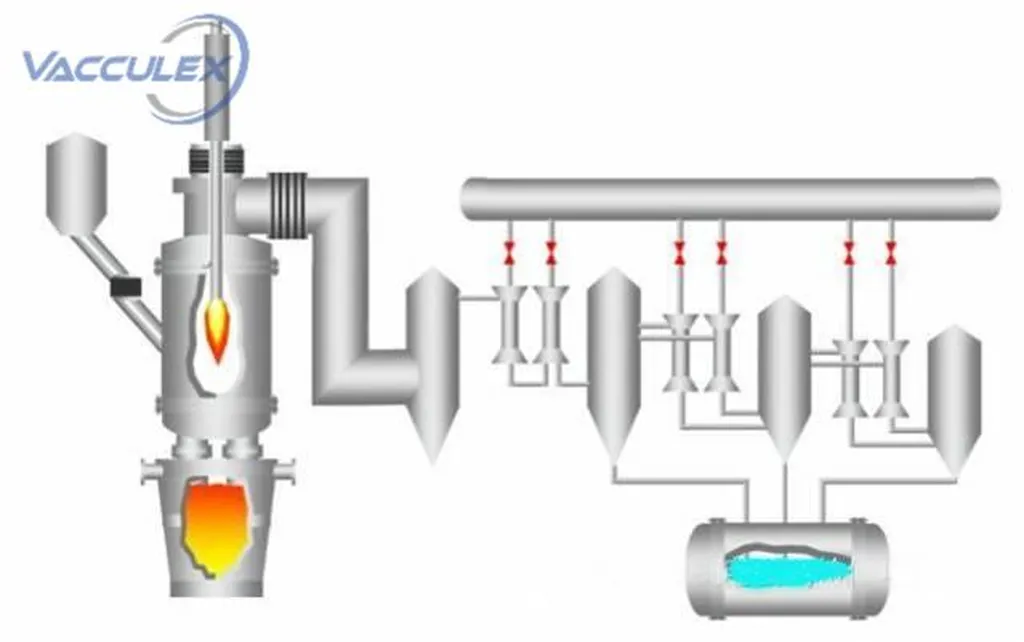In the world of high-carbon chromium bearing steel production, a significant breakthrough has been made that could reshape the way manufacturers approach vacuum degassing (VD) treatment. Miao Zhiqi, a researcher whose affiliation is not specified, has published a study in the journal ‘Teshugang’ (which translates to ‘Iron and Steel’ in English), shedding light on the evolution of calcium oxide (CaO) content in inclusions during the VD process. The findings could have substantial commercial implications, particularly in the energy sector where bearing steels are crucial components.
The study, conducted through industrial experiments and thermodynamic calculations, reveals that during VD treatment, the CaO content in the slag decreases by 14%, while the aluminum (Al) content in the molten steel experiences a burning loss rate of up to 70%. This indicates an intense steel-slag reaction occurring during the VD process. “The reaction is so intense that it leads to a significant increase in the average CaO mass fraction in the inclusions, from 6.8% before VD to 11.3%,” Miao explains. Additionally, the size of the inclusions increases, which can affect the steel’s performance.
The research highlights that the ideal dynamic conditions and the evaporation of calcium (Ca) during the VD process trigger a chain reaction. “The chemical reaction between Al in the molten steel and CaO in the slag is enhanced, allowing Ca in the slag to enter the molten steel,” Miao notes. Some of this dissolved Ca then reacts with low CaO or CaO-free inclusions in the molten steel, resulting in an increased CaO content in the inclusions.
The commercial impact of these findings is substantial. In the energy sector, where bearing steels are used in critical components such as turbines and generators, the quality of the steel directly affects the efficiency and longevity of these machines. Understanding and controlling the steel-slag reactions during the VD process can lead to better-quality steel, reducing maintenance costs and improving overall performance.
To suppress the steel-slag reaction during the VD process, Miao suggests measures such as increasing the Al2O3 content in the slag and increasing the pressure during the VD process. These adjustments could potentially lead to more efficient production processes and higher-quality end products.
The study published in ‘Teshugang’ not only provides a deeper understanding of the chemical processes involved in steel production but also offers practical solutions to enhance the quality of high-carbon chromium bearing steels. As the energy sector continues to demand higher performance standards, this research could pave the way for significant advancements in the field. The insights gained from Miao’s work are expected to shape future developments, ensuring that the steel used in critical energy applications meets the highest standards of quality and reliability.

